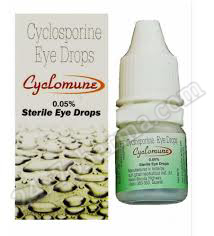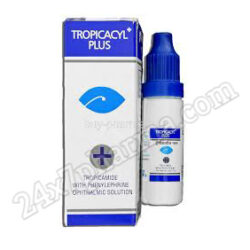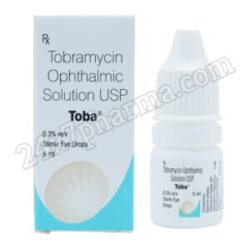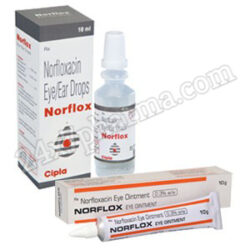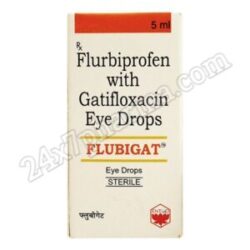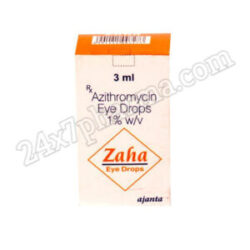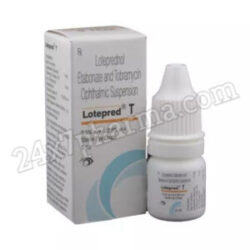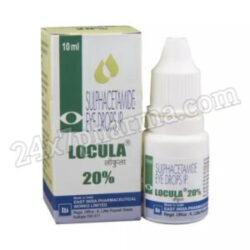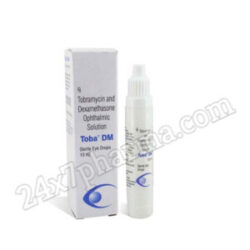Eye Conditions
Showing all 9 resultsSorted by latest
Cyclomune .05% – 3 ml Eye Drop
Original price was: $23.$20Current price is: $20.Tropicacyl – Eye drop of 3 ml
Original price was: $12.$10Current price is: $10.Toba Eye Drops 5ml
Original price was: $20.$17Current price is: $17.Norflox 0.30 % Eye/Ear Drops
Original price was: $7.$6Current price is: $6.Flubigat Eye Drops 5ML
Original price was: $15.$12Current price is: $12.Zaha Eye Drops 3ml
Original price was: $18.$15Current price is: $15.Lotepred T Eye Drops 5ml
Original price was: $22.$19Current price is: $19.LOCULA 20% Eye Drops 10ml
Original price was: $7.$6Current price is: $6.Toba DM Eye Drops 10ml
Original price was: $7.$6Current price is: $6.Our eyes provide our brain with around 80% of the sensory data it processes. We value our ability to see so highly that any issues with our eyes might feel like a significant loss to us.
People of various ages might suffer from a variety of eye problems. Myopia (nearsightedness), presbyopia (age-related farsightedness), astigmatism, and dry eye are a few common eye conditions. Every illness has a unique collection of symptoms and available therapies.
Myopia
Myopia, also known as nearsightedness, is a refractive defect that develops when the cornea – the transparent front surface of the eye—is excessively curved or the eyeball is too long. Light rays are diverted from directly striking the retina, the rear surface of the eye, and instead concentrate in front of it as a result.
As a result, local items are distinct while far-away objects seem hazy. Myopia often appears throughout childhood and is frequently inherited. Around the world, 1 in 4 persons is thought to be affected.
Presbyopia
Age-related presbyopia impairs your capacity to see details up close. It occurs as your crystalline lens, the transparent portion of your eye that aids with focus, lose flexibility with age.
It becomes more challenging to focus on close things as a result of the inability of the muscle fibers around your lens to constrict as they previously did. Presbyterian often starts at age 40 and eventually affects everyone.
Astigmatism
When the cornea – the transparent front surface of the eye—is bent or formed irregularly, astigmatism develops. Because of this asymmetrical curvature, light cannot focus evenly on the retina, causing vision to be distorted or blurry at all distances. Typically present at birth, astigmatism frequently runs in families. An estimated one-third of Americans are impacted by it.
Dry Eye
A dry eye is a condition when there is inadequate tear production or where tears are not dispersed evenly across the surface of the eye. Pain, redness, exhaustion, and visual issues may result from this.
Numerous causes, including drugs, health issues, and environmental elements like wind, smoke, and dry climates, can contribute to dry eyes. Although it may happen at any age, it is thought to afflict 5% of Americans over the age of 50.
Treatment Options
Depending on the underlying reason and the severity of the symptoms, each condition will have a different course of therapy. Myopia, presbyopia, and astigmatism may frequently be corrected with easy steps like wearing glasses or contact lenses, restoring people’s ability to see well.
Artificial tears, ointments, lid washes, increased blinking when reading or using computers, and avoiding environmental triggers like smoking or windy weather are among the therapies for dry eyes.
Our general health and well-being depend greatly on our vision, but many Americans have some sort of eye diseases, such as myopia, presbyopia, astigmatism, or dry eye, to name a few common ones.
The good news is that these problems can now be treated thanks to advancements in technology, which can help patients see better.

